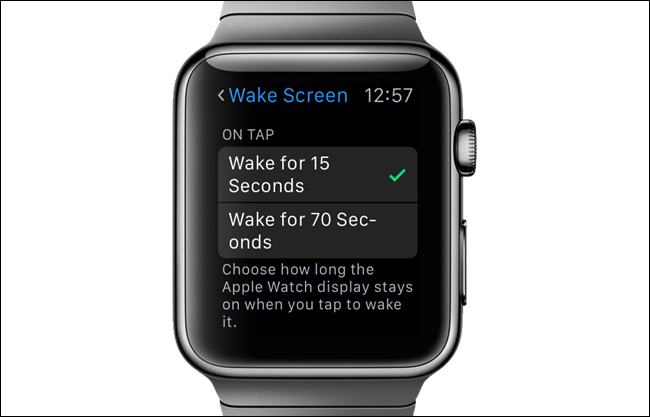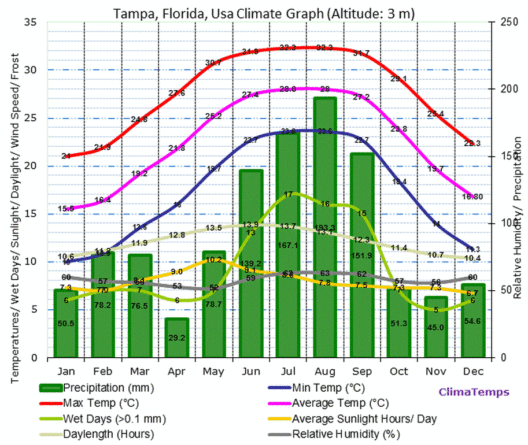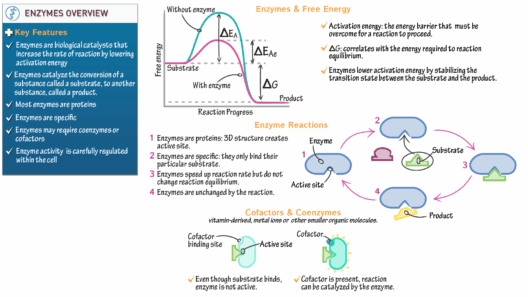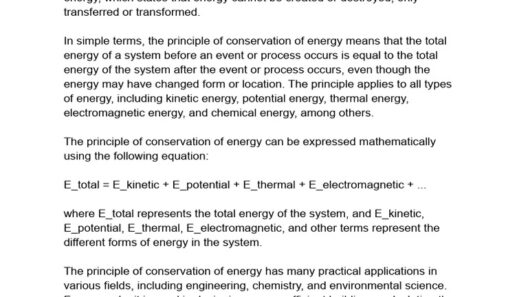In a world increasingly reliant on digital technology, conserving energy has become not just a personal goal, but a global necessity. The Apple Watch, a device that offers functionality and convenience, can also be a significant battery drain if not managed properly. Understanding how to maximize battery life on your Apple Watch not only ensures optimal performance but also reflects a commitment to environmental sustainability. The following sections outline various strategies for conserving energy on your device, thus minimizing its ecological footprint.
Understanding Battery Drain
The first step towards maximizing battery life is comprehending the factors that contribute to battery depletion. The Apple Watch incorporates numerous features, including notifications, health tracking, and connectivity options, which can exhaust battery resources. Activities such as using GPS, activating the heart rate monitor, or continuously checking notifications can elevate energy consumption levels. By recognizing these elements, users can make informed decisions about how they utilize their devices.
Display Settings
The Apple Watch screen, while visually engaging, is also a significant factor in battery usage. To optimize energy conservation, adjust the brightness settings. Decreasing the brightness can considerably extend battery life. Furthermore, utilizing the “Always On” feature strategically or turning it completely off will ensure that your watch display engages only when necessary. Another aspect is the screen timeout setting; a shorter timeout can prevent the watch from remaining illuminated longer than required.
App Management
Applications can significantly affect battery longevity on the Apple Watch. It is advisable to limit functionality by managing the apps that run in the background. Uninstall any unnecessary applications that continuously sync data or send notifications. Furthermore, turn off the background refresh feature for apps that do not require real-time updates. This not only conserves battery life but also enhances your overall user experience by prioritizing essential functionalities.
Notifications Control
Notifications are a pivotal feature of the Apple Watch; however, they can contribute extensively to battery drain. Users should critically evaluate the notifications they deem important. Disabling notifications for non-essential applications can reduce energy consumption significantly. Opt for a selective approach—keeping alerts only for critical applications, such as messaging or calendar events—to streamline usage and minimize interruptions.
Connectivity Features
The Apple Watch comes equipped with various connectivity features, including Bluetooth, Wi-Fi, and cellular data. Each of these components plays a role in battery expenditure. It is prudent to toggle off Bluetooth when it is not required, especially if the watch is not paired with a phone. Similarly, disconnecting Wi-Fi when outside a known connection can conserve energy. For users with cellular-enabled models, disabling cellular service when it is unnecessary will also contribute to battery preservation.
Health Tracking Functions
The myriad health monitoring features of the Apple Watch provide invaluable insights into daily health metrics; however, they can also draw considerable energy. Users can optimize these functions by adjusting the frequency of heart rate monitoring and turning off features like fall detection or noise alerts when they are not needed. Regularly engaging in vigorous workouts? Consider switching to lower-intensity tracking modes when a high-resolution metric is unwarranted.
Battery Health Management
Understanding how to maintain battery health is vital for long-term usage. Avoid allowing the battery to completely discharge regularly; keeping it between 20% and 80% ensures longevity. Periodically recalibrating the watch by allowing the battery to drain completely and then charging it to 100% can refresh its energy management capabilities. Users should also be aware of temperature extremes—storing the watch in conditions outside the recommended range can adversely affect battery efficiency.
Low Power Mode
The introduction of Low Power Mode on the Apple Watch provides a systematic approach to conserving energy. Activating this feature simplifies functionalities by disabling certain applications and features while retaining essential tracking capabilities. This can prove especially useful during long days when charging opportunities are limited. It’s a practical solution that enables users to stretch their battery life significantly without sacrificing too much on usability.
Regular Software Updates
Lastly, keeping the Apple Watch software updated is integral to maximizing battery efficiency. Software updates often include optimizations and bug fixes that can enhance battery management. Regular checks for updates ensure that your device benefits from all advancements in performance and efficiency. It is advisable to enable automatic updates to prevent any lapse in maintenance.
Conclusion
The pursuit of conserving energy on your Apple Watch is not solely about prolonging battery life; it represents a broader commitment to sustainable living in a technology-driven era. By implementing effective strategies, users can significantly reduce their battery consumption, thereby contributing to a healthier planet. Embracing these practices aligns with the growing movement towards environmental awareness and responsible technology usage. As each individual takes steps to conserve energy, collective efforts can lead to a more sustainable future.








